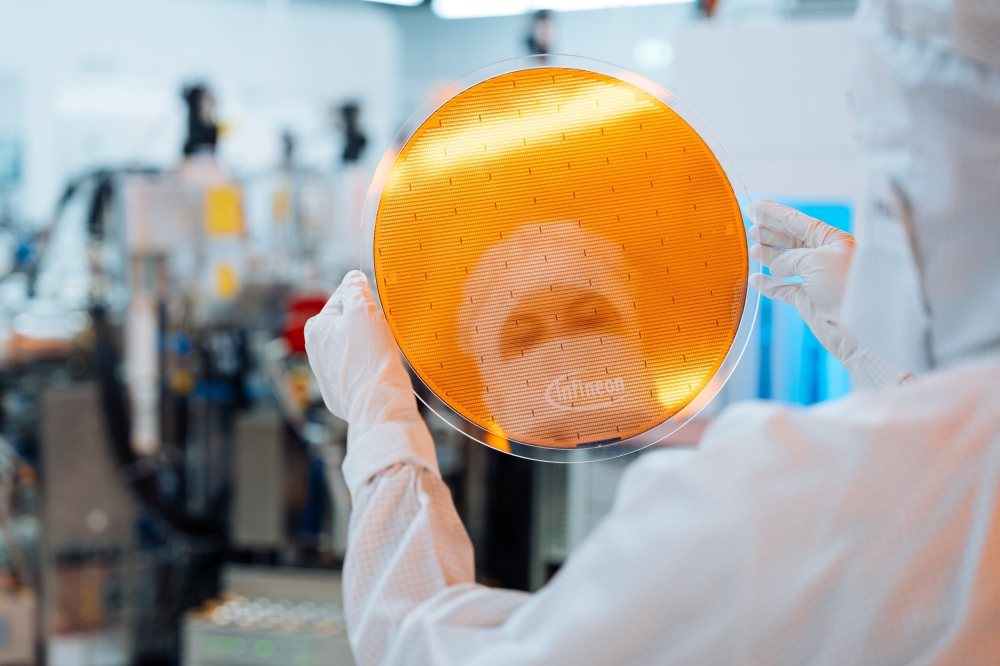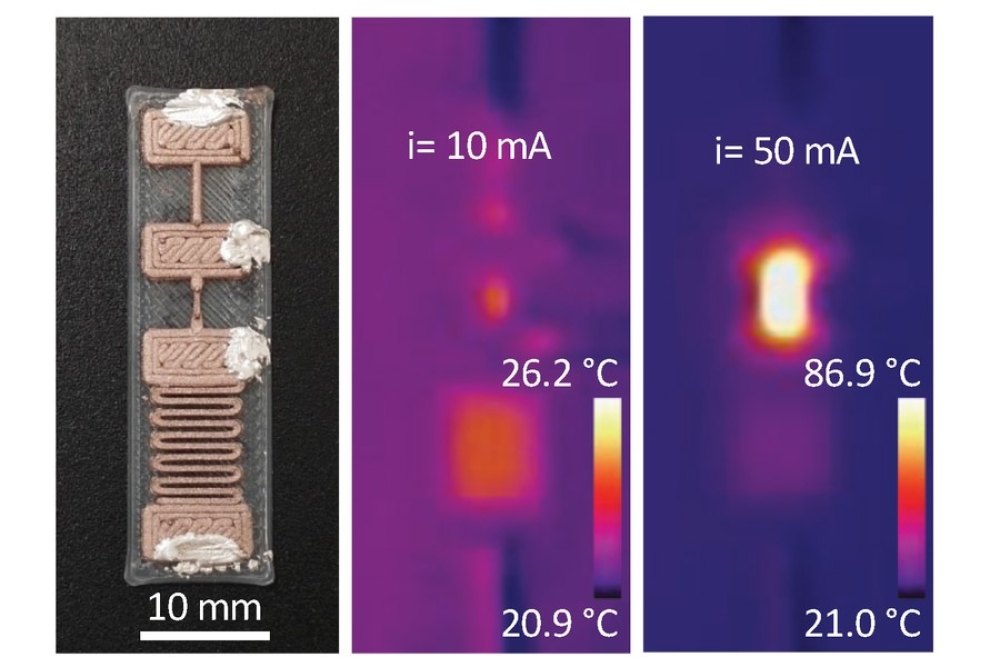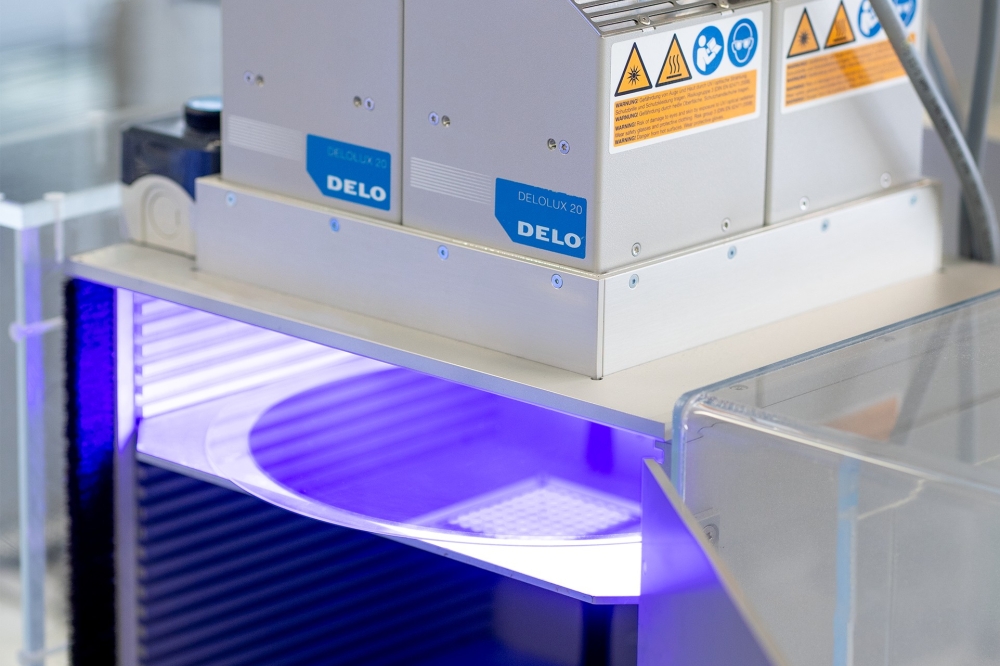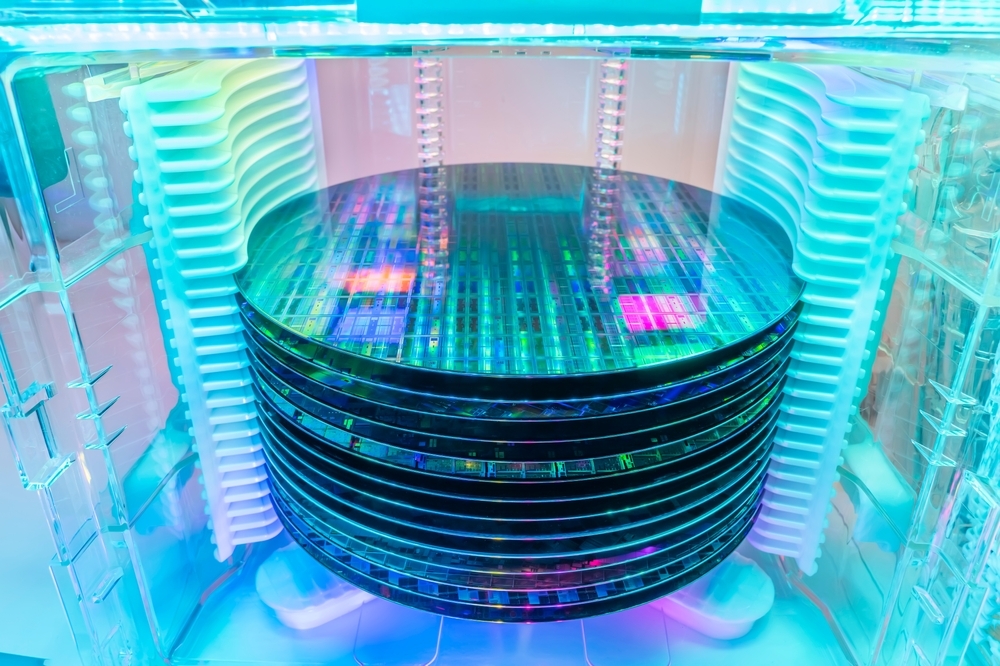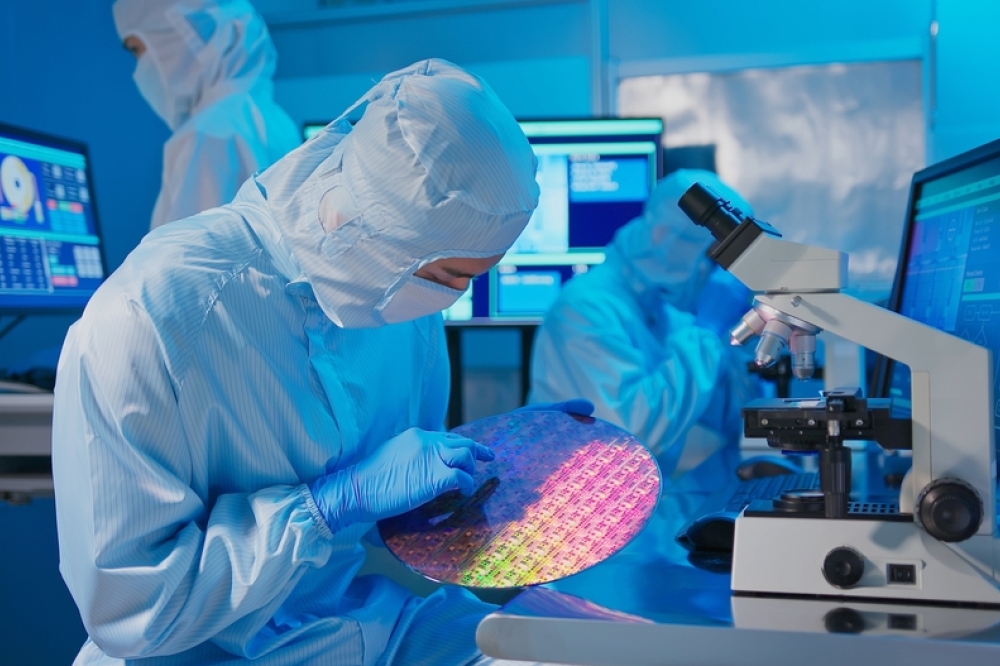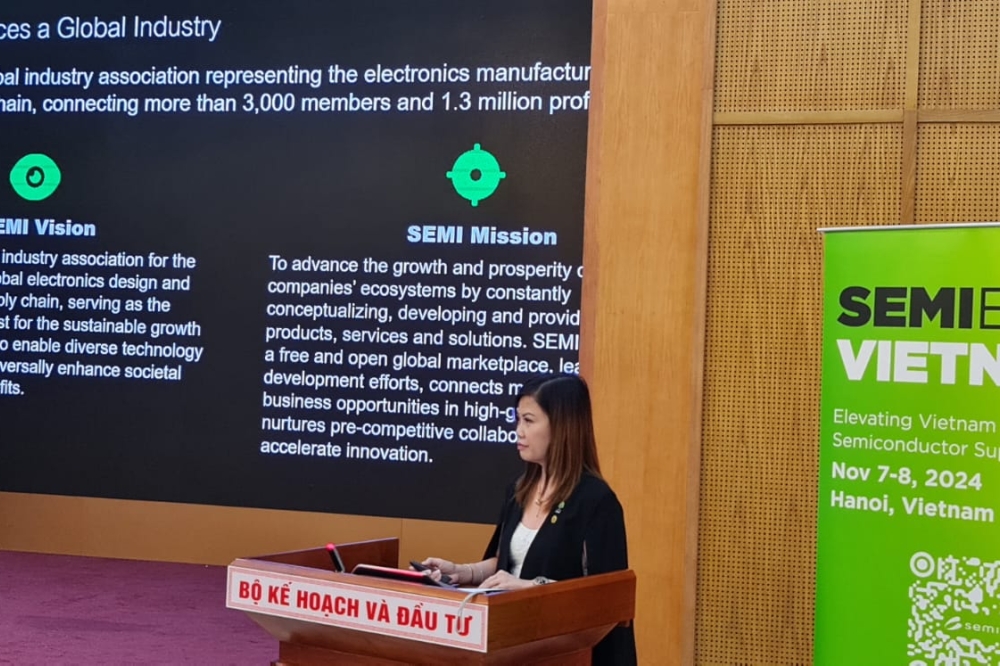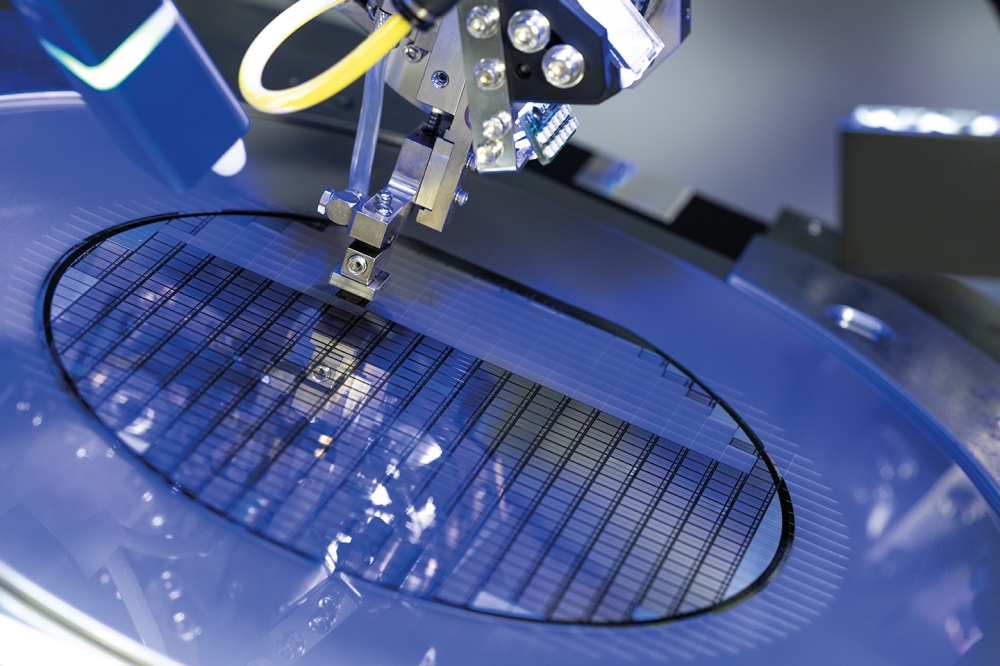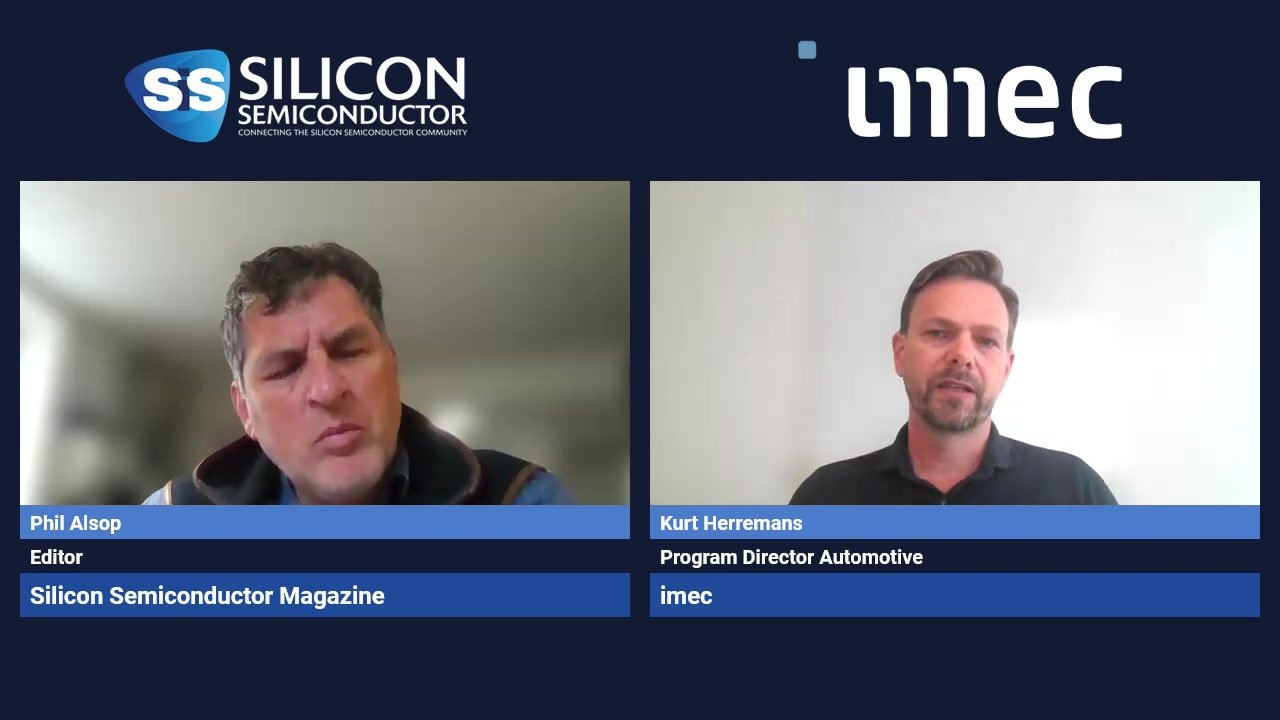The History of the GPU: From Inception to AI
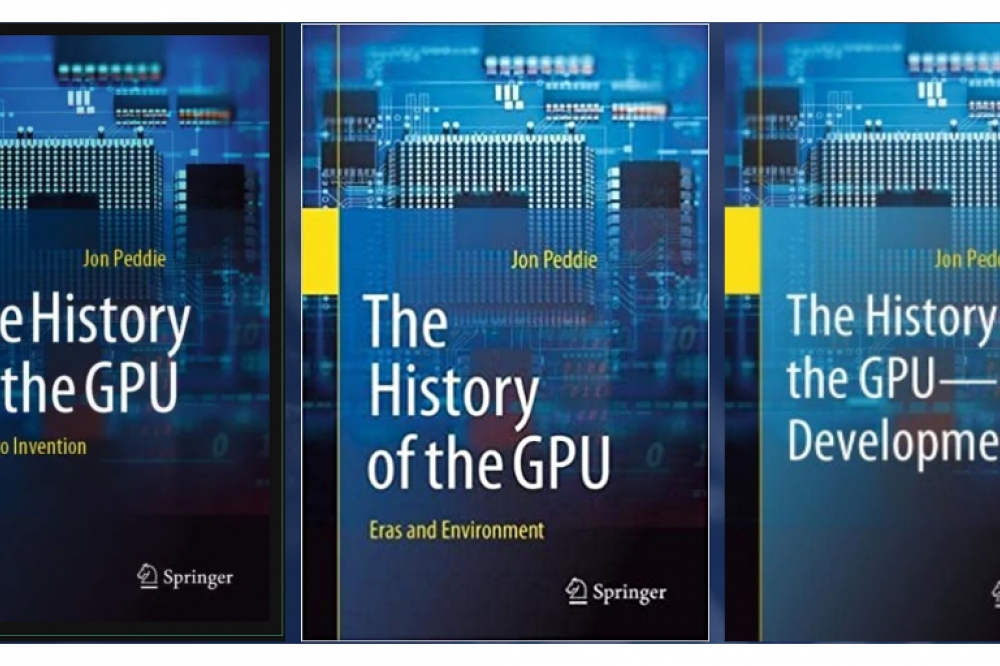
Jon Peddie has just written a three-volume series of books published by Springer that traces the history, the ecosystem and environment, and new developments of the GPU.
These are thought to be the first and only books to cover the entire history leading up to the GPU, from the origins of concepts in the 1950s to the supercomputers and smartphones it powers today.
The books show how companies started, failed, merged, and were acquired. How IP shifted worldwide and through thousands of hands, and who many of the leading developers and managers were that did it.
Eighty-four companies from 3dfx to Zhixin and everyone you’ve heard of in between are discussed, as well as many of the people who started and ran those companies.
The GPU has gone from an esoteric semiconductor of interest to gamers and CAD designers to a part of everyone’s daily life. It powers our smartphones, automobiles, virtual and augmented reality, video games, and AI training.
Where did these ubiquitous and amazing devices come from, and when? The concepts started in the 1950s. Then, in the 1970s, large-scale integration (VLSI) was developed, creating the microprocessor and new peripheral support devices, and chips, to drive displays.
GPUs have two major components: the geometry processor and the rasterizer. The geometry processor goes back to floating point processors developed in 1981. The rasterizer is where the pixels get created, polished, and used to create the beautiful images seen on screens. Companies built graphics boards with geometry processor chips and rasterizer chips until 1999 when Nvidia merged the two into a VLSI device and called it a GPU. It was a race Nvidia barely won; a half dozen other firms were after the same prize.
The race has continued at breakneck speed. The GPU has grown in power, performance, size, and price, and powers most of the computational workloads in servers in the cloud. Yet, at the same time, the GPU has shrunk to fit into smartwatches and smartphones.
Follow the journey from the cold war to fantastic cinematic experiences, from driverless cars to spaceships, and from robots to smart home devices and appliances. Learn how and why games can be played on a smartphone, game console, arcade machine, or PC—no math or programming examples are included or required. Instead, these books tell a story about the technology and the people who brought the GPU from inception to today’s marketplace.
Dr. Jon Peddie has been active in the graphics and multimedia fields for more than 30 years. He is the president of Jon Peddie Research, which works with the top technology companies in the world to determine the next steps in product development. As an author of several nonfiction technical books, Peddie is widely hailed as an industry expert and has spoken at industry events around the world about the impact of various technologies to the industry and the general public.
The three books are available for purchase on Amazon:
Book One: The History of the GPU – Steps to Invention
Book Two: The History of the GPU – Eras and Environment
Book Three: The History of the GPU – New Developments


